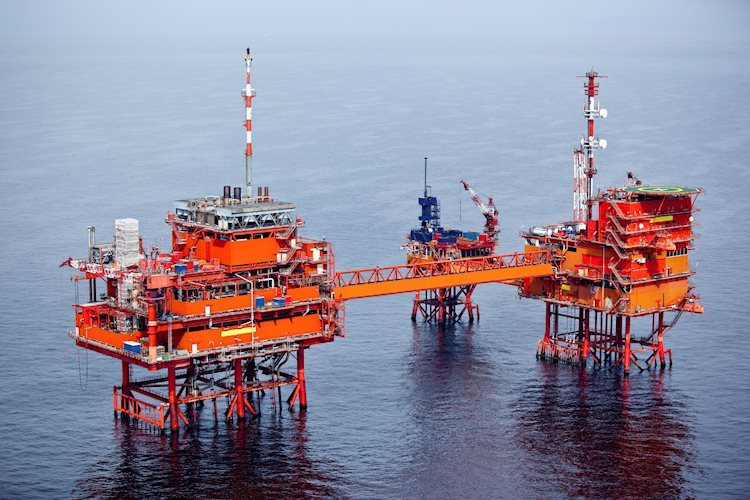- WTI bounces off a multi-day low touched on Monday, albeit it lacks follow-through buying.
- A modest USD strength acts as a headwind for the commodity amid China’s economic woes.
- Worries about supply disruption from the Middle East should help limit any meaningful slide.
West Texas Intermediate (WTI) US crude Oil prices attract some dip-buying in the vicinity of mid-$80.00s, or a multi-day low touched during the Asian session on Monday, albeit lack bullish conviction. The commodity currently trades around the $81.30 area, up less than 0.20% for the day and remains confined in a familiar range held over the past two weeks or so.
Concerns about supply disruptions stemming from the ongoing conflicts in the Middle East turn out to be another factor lending some support to Crude Oil prices. That said, the emergence of some US Dollar (USD) buying, bolstered by safe-haven demand in the wake of an assassination attempt on former US President Donald Trump, should cap any meaningful appreciating move for the black liquid. Apart from this, China’s economic woes warrant some caution for bullish traders.
Market worries about waning fuel demand in China – the world’s biggest Oil importer – resurfaced after the official data showed that the economy expanded by 4.7% over the year during the second quarter of 2024. Adding to this, China’s Retail Sales and Fixed Asset Investment missed consensus estimates. This further pointed to heightened economic uncertainty and overshadowed the slightly better-than-anticipated release of Industrial Production figures for June.
Meanwhile, softer US consumer inflation figures released last week reaffirmed market bets that the Federal Reserve (Fed) will begin cutting interest rates in September. This might hold back the USD bulls from placing aggressive bets and continue to act as a tailwind for Crude Oil prices. Hence, it will be prudent to wait for strong follow-through buying before positioning for the resumption of the recent strong move-up witnessed over the past week or so.
WTI Oil FAQs
WTI Oil is a type of Crude Oil sold on international markets. The WTI stands for West Texas Intermediate, one of three major types including Brent and Dubai Crude. WTI is also referred to as “light” and “sweet” because of its relatively low gravity and sulfur content respectively. It is considered a high quality Oil that is easily refined. It is sourced in the United States and distributed via the Cushing hub, which is considered “The Pipeline Crossroads of the World”. It is a benchmark for the Oil market and WTI price is frequently quoted in the media.
Like all assets, supply and demand are the key drivers of WTI Oil price. As such, global growth can be a driver of increased demand and vice versa for weak global growth. Political instability, wars, and sanctions can disrupt supply and impact prices. The decisions of OPEC, a group of major Oil-producing countries, is another key driver of price. The value of the US Dollar influences the price of WTI Crude Oil, since Oil is predominantly traded in US Dollars, thus a weaker US Dollar can make Oil more affordable and vice versa.
The weekly Oil inventory reports published by the American Petroleum Institute (API) and the Energy Information Agency (EIA) impact the price of WTI Oil. Changes in inventories reflect fluctuating supply and demand. If the data shows a drop in inventories it can indicate increased demand, pushing up Oil price. Higher inventories can reflect increased supply, pushing down prices. API’s report is published every Tuesday and EIA’s the day after. Their results are usually similar, falling within 1% of each other 75% of the time. The EIA data is considered more reliable, since it is a government agency.
OPEC (Organization of the Petroleum Exporting Countries) is a group of 13 Oil-producing nations who collectively decide production quotas for member countries at twice-yearly meetings. Their decisions often impact WTI Oil prices. When OPEC decides to lower quotas, it can tighten supply, pushing up Oil prices. When OPEC increases production, it has the opposite effect. OPEC+ refers to an expanded group that includes ten extra non-OPEC members, the most notable of which is Russia.













